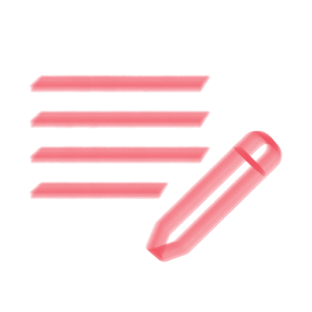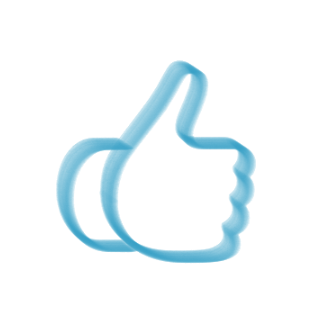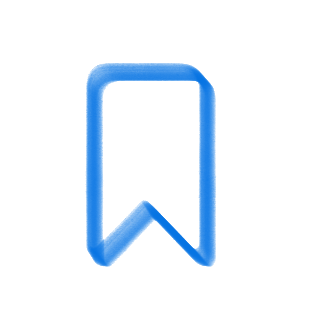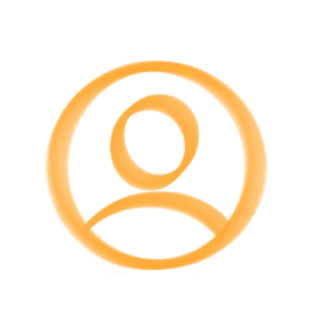Previous our first lab following experimental design fundamentals has been an uphill battle on rollerskates. Our high school freshmen biology team took on the objectives below, transforming the first PDF into an amazing Numbers document. Groups were assigned one of 3 variables to test. The final PDF is the cards we assign each lab group.
Objective #1: Design an experiment to determine the ideal conditions for producing the largest circumference balloon. You will use vinegar and baking soda (chemical reaction) to create gas to fill the balloon.
Objective #2: Create your own experiment using the terms and procedures we have discussed in class.






October 28, 2022 . English
English
Great idea. Wonder if students could go further and do a slow-motion video of the results?
This action is unavailable while under moderation.
This action is unavailable while under moderation.